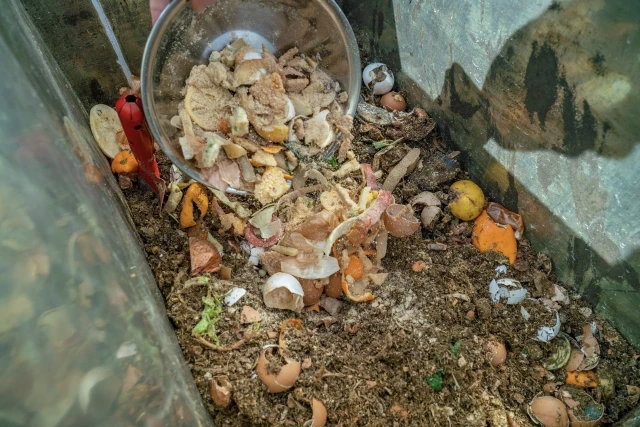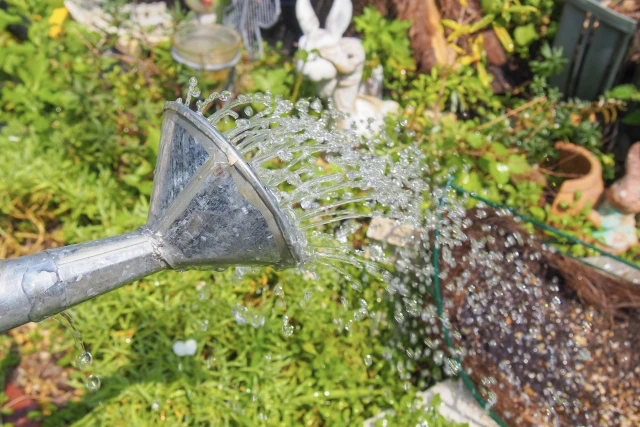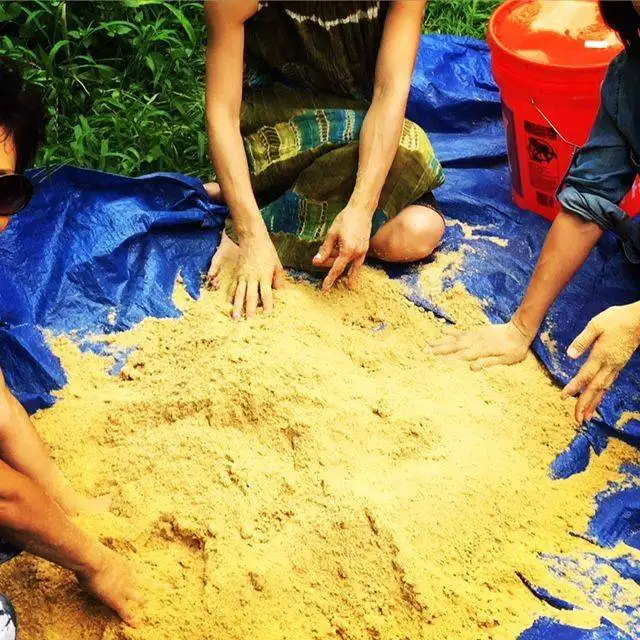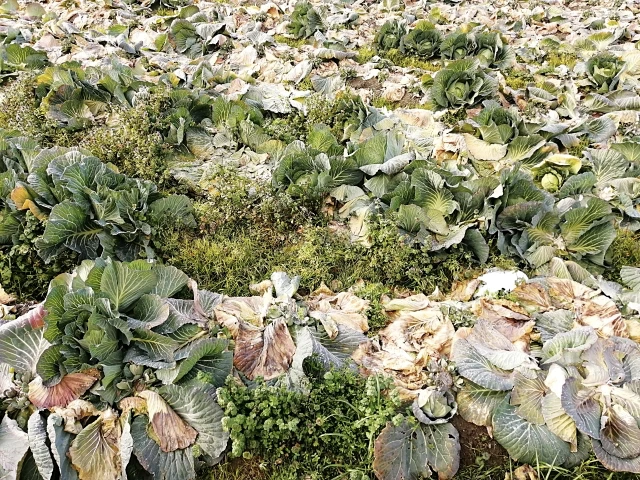Learn how to create a nutrient-rich compost from your kitchen waste using EM Bokashi. Approach this process with the mindset that leftover food will be transformed back into nature as a valuable resource.
Materials Needed:
- Airtight bucket
- Kitchen scraps
- EM Bokashi
Steps to Make EM Kitchen Compost:
- Finely shred the kitchen scraps. It’s essential to process them on the same day to prevent the growth of putrefactive bacteria. Ensure the scraps are as dry as possible.
- For the initial layer in the bucket, spread some EM Bokashi at the bottom. You can also place a sheet of paper to absorb excess moisture. Ideally, add kitchen scraps after each meal. Alternatively, collect them in a smaller container and transfer them to the bucket at day’s end.
- Each time you add scraps, sprinkle two handfuls of EM Bokashi and mix thoroughly.
- If the bucket isn’t full yet, use an inner lid (or a paper/plastic bag) to cover the compost and minimize air exposure.
- Seal the bucket tightly.
- If compost tea accumulates at the bottom, remove it promptly. This liquid can spoil quickly, so use it on the same day.
- Once the bucket is full, allow the contents to ferment for 1-2 weeks, keeping it away from direct sunlight. You’ll know it’s ready when it emits a sweet-sour fermented aroma.
Note: Fresh food leftovers can be added to the compost. However, avoid adding old, moldy leftovers as they can promote the growth of harmful bacteria.
Using Compost Tea:
- For soil application, dilute the compost tea with water at a ratio of 500-1000:1 and spray it directly onto the soil.
- To combat odors in sewers, drains, toilets, etc., pour the undiluted solution or a 10-fold diluted solution directly into them.
By following these steps, you’ll be able to create a sustainable composting system right in your kitchen, turning waste into a valuable resource for your garden.





